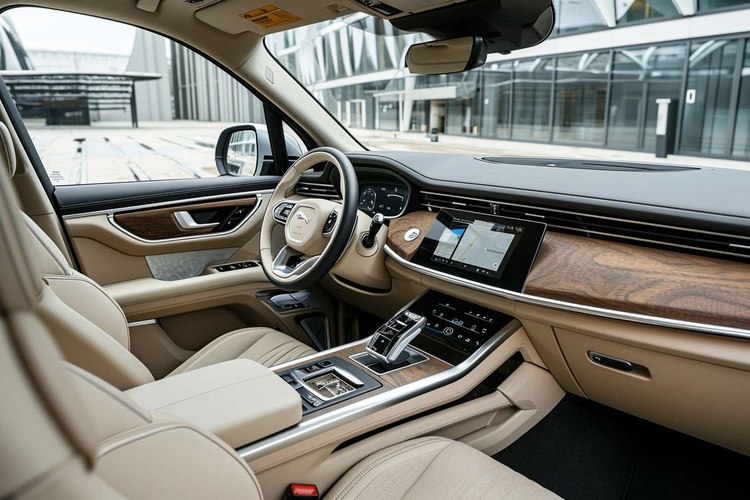Advancements in Continuously Variable Transmission: A Smooth Shift into the Future
The world of automotive technology is in a constant whirlwind of evolution and innovation. One technology that has seen significant advancements over the years, yet is often overshadowed by more glamorous innovations, is the Continuously Variable Transmission (CVT). Let's delve deeper into the fascinating realm of CVTs, examining their historical development, current trends, and their potential impact on the future of driving.
A Glimpse into History: The Birth of CVT
The concept of a continuously variable transmission is not new. The first patent for a CVT was granted to Leonardo da Vinci in 1490. The idea was simple yet revolutionary: a transmission system that could provide an infinite number of gear ratios. However, it took several centuries for the concept to materialize into a practical application.
In the 20th century, Dutch manufacturer DAF was among the first to popularize CVTs in small cars. This was a bold move, as traditional automatic and manual transmissions dominated the automotive market. Despite initial skepticism, CVTs slowly gained recognition for their efficiency and smooth driving experience.
CVTs Today: A Growing Trend
Even though CVTs have been around for a while, they have only recently gained popularity in the automotive industry. This can be attributed to their ability to offer smooth, seamless power delivery and improved fuel efficiency. As environmental concerns and fuel economy become increasingly important, CVTs are poised to play a significant role in the industry’s future.
The rising demand for CVTs is evident in the increasing number of manufacturers incorporating them into their models. Nissan, for instance, has been a strong proponent of CVTs and has used them extensively in their vehicle lineup.
The Mechanics of CVTs: Simplicity and Efficiency
The beauty of a CVT lies in its simplicity. Unlike traditional transmissions, which have a fixed number of gear ratios, a CVT uses two pulleys connected by a belt or chain that can change their diameters. This allows the transmission to provide an endless range of gear ratios, enabling the engine to operate at its most efficient point, regardless of the speed.
This simplicity also translates into fewer transmission components, resulting in lighter vehicles and lower maintenance costs. However, CVTs are not without their challenges. They can be more expensive to repair than conventional transmissions and some drivers find the driving experience less engaging.
The Future of CVTs: What Lies Ahead
Looking ahead, the future of CVTs seems promising. Automotive manufacturers are continuously innovating and improving CVT technology to overcome its challenges and enhance its benefits. For instance, some manufacturers are introducing artificial ‘steps’ into the CVT’s operation to mimic the feeling of a traditional automatic transmission and appeal to a broader range of drivers.
Moreover, as the automotive industry moves towards a more sustainable future, the fuel efficiency benefits of CVTs are likely to become more valuable. As such, we can expect to see a growing number of vehicles equipped with CVTs in the years to come.
Embracing the CVT Revolution
In conclusion, Continuously Variable Transmissions represent an often-overlooked yet crucial aspect of automotive technology. With their unique blend of efficiency, simplicity, and smooth performance, CVTs are poised to become a significant player in the future of the automotive industry. By embracing the CVT revolution, we can look forward to a future of smoother, more efficient driving experiences.





